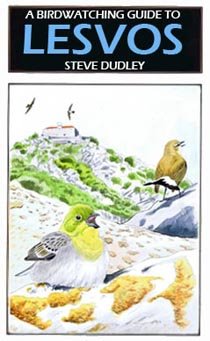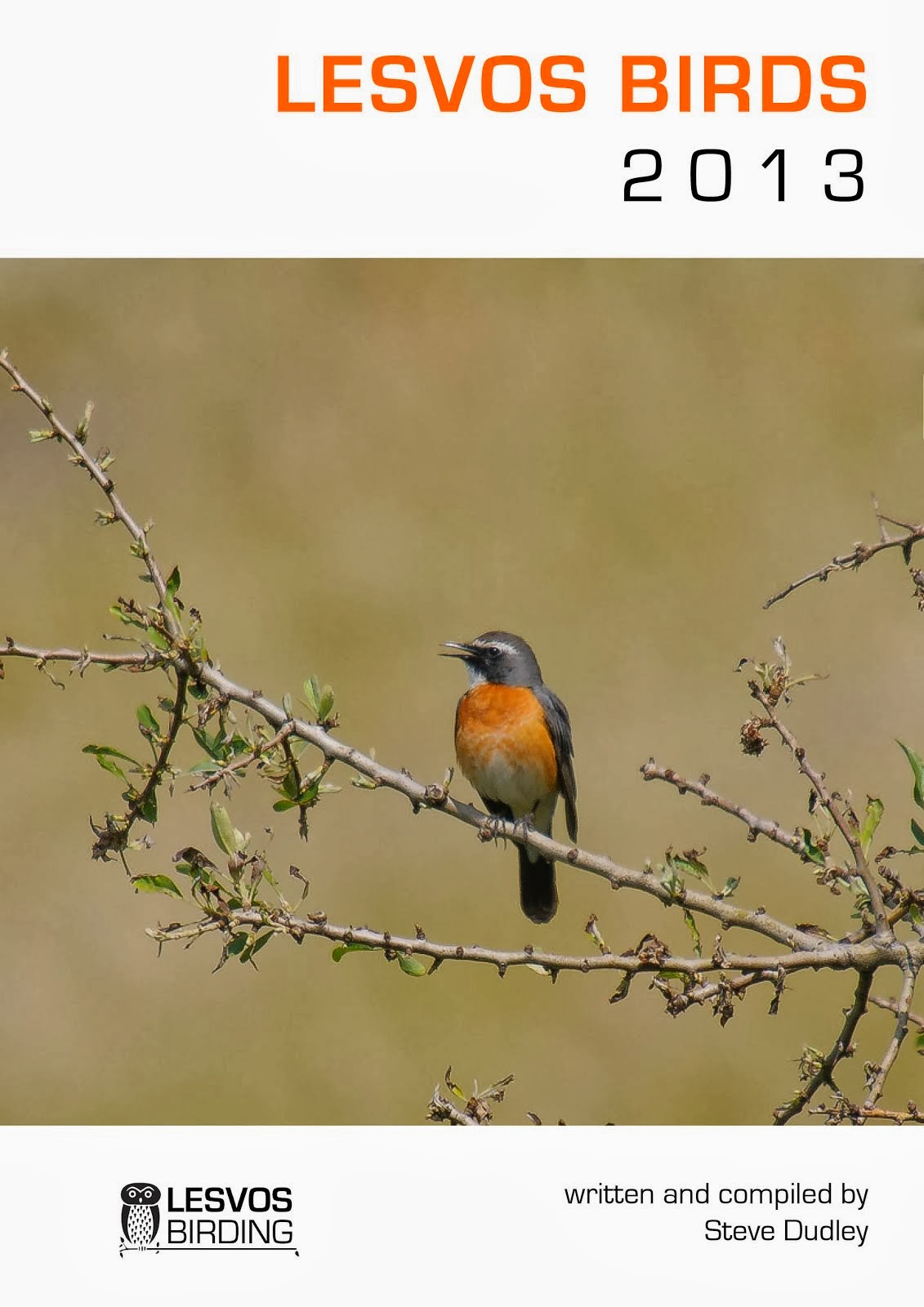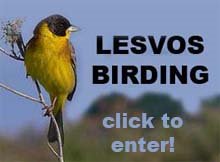Day 4 | Week 1 | A Speyside Wildlife holiday.
We wake to another bright, blustery day. Following two off island days we are staying on St Mary’s today, so after collecting our lunches from the bakery we head off to Lower Moors. At the Shooter’s Pool we add a trip tick in the form of a Green Sandpiper bobbing away as it feed around the reed edge at the back of the pool. A Snipe tries to hide in the reed edge, but the bright sun picks out its bold back markings. A couple of Greenfinches come down to drink from one of the remaining puddles by the overhanging bushes from where a Chiffchaff gives a brief snatch of song.
We head on to the hides but there is no sign of the recent Pectoral Sandpiper. With only a single Redshank present we make our way out to Old Town Bay and whilst enjoying the couple of Little Egrets feeding in amongst the seaweed and rock pools some enjoy an ice cream in the warm sun.
Redshank

A weedy field at Old Town – looks OK to me!

We head around the picturesque Tolman Point and up on to the rocky area at the seaward end of the airport known as Giant’s Castle where a wader giving off a plaintive call wheels over us. It’s a golden plover but which one? I can’t get a clear view of the underwing so can’t firmly ID it, although the call is pointing towards our own European Golden Plover rather than American Golden Plover. The bird appears to go down on to the airfield so I go to investigate and finds it alert on the edge of the runway. He calls the group up but only Charles gets there in time before it takes flight again. At least the ID is confirmed as European Golden Plover. Several Wheatears provide interest on an otherwise quiet walk, but the scenery is stunning with the huge and lumpy grey rocky coastline contrasting with the deep blue sea under a brilliant blue sky.
We arrive at the beautiful bay of Porth Hellick. The neap tide is at its lowest revealing a huge expanse of rock pools and seaweed which is dotted with Ringed Plovers and Turnstones. Huge rock formations which are covered at high tide tower from the exposed seabed. What a great spot for a spot of lunch! We settle on the rocks in the lea of a natural sea wall which protects us from the strong westerly wind. As we chomp through our sandwiches there’s a group of people out at the mouth of the bay rock pooling. Two Herring Gulls provide entertainment as they toss aside lumps of seaweed looking for juicy morsels for their own lunch. The sun beats down on us and it isn’t long before some of us succumb to heavy eyelids!
Sleepy at Porth Hellick!

Wakey, wakey! And we are off again. We move on to the Seaward Hide overlooking Porth Hellick Pool. At first glance all seems quiet until Charles points out a Little Stint – right under our noses about 30ft away! Wow! What cracking views of this tiny little wader. It’s a really brightly marked juvenile with rufous feathering on the back and its distinctive white braces forming a clear V. It feeds actively in the soft mud with a sewing machine action. Wonderful. Charles then spies a Green Sandpiper which does a fly past to show off its square white rump.
Little Stint

At the second hide we manage only to disturb the roosting Grey Heron and see a Snipe and Greenshank (both asleep-exiting huh!).
We walk along the boardwalk around Higher Moors. The sheltered sunny areas are alive with midges and hoverflies – but no birds to eat them! A very fresh Peacock butterfly on the path is our first of the week. We bump in to Scilly Birdman Will Wagstaff and whilst exchanging news a Yellow Wagtail flies over calling ‘spee’ and disappears into the still blue sky.
Peacock

The walk through the Cathedral up to Holy Vale is similarly bird free (apart from countless Wrens), but again alive with insect, including lots of Speckled Woods. The along the track from Holy Vale to Four Lane Ends is alive with butterflies, and along one small stretch of ivy and bramble we have Red Admiral, Painted Lady, Small Tortoiseshell, Speckled Wood and Small Copper. A couple of Goldcrests call continuously from a belt of pines, but seeing them proves more than a little difficult.
Walking up Telegraph Road, news from a passing couple that we have just missed eight Red-legged Partridges is met with complete disinterest as we have tea and cake firmly on our minds! A quick check of the horse fields for a Yellow Wag is soon abandoned when it isn’t found within a minute, and with dry tongues we arrive at Juliet’s Garden for much need refreshments. From the tea garden I scope the gulls down in the bay at Porthloo and pick out the first-winter Mediterranean Gull which has been wandering around the island the last few days. Bills paid and its down to the windswept Porthloo beach for some much closer, albeit wind impaired views of this smart gull which gives terrific views. Unfortunately, it proves an expensive stop for Terry, whose scope is blown over by the wind and the body is sheered from its tripod foot. Ouch! Terry, although clearly hurting (well who wouldn’t be) remains philosophical admitting ‘at least I can now buy the little Leica scope I’d like’. That’s the spirit!
We arrive back at the guesthouse with faces glowing from a day of constant sun and wind. After an hour relaxing and freshening up we meet up for another filling evening meal before our usual jovial checklist before retiring (via the local hostelry for some).









No comments:
Post a Comment